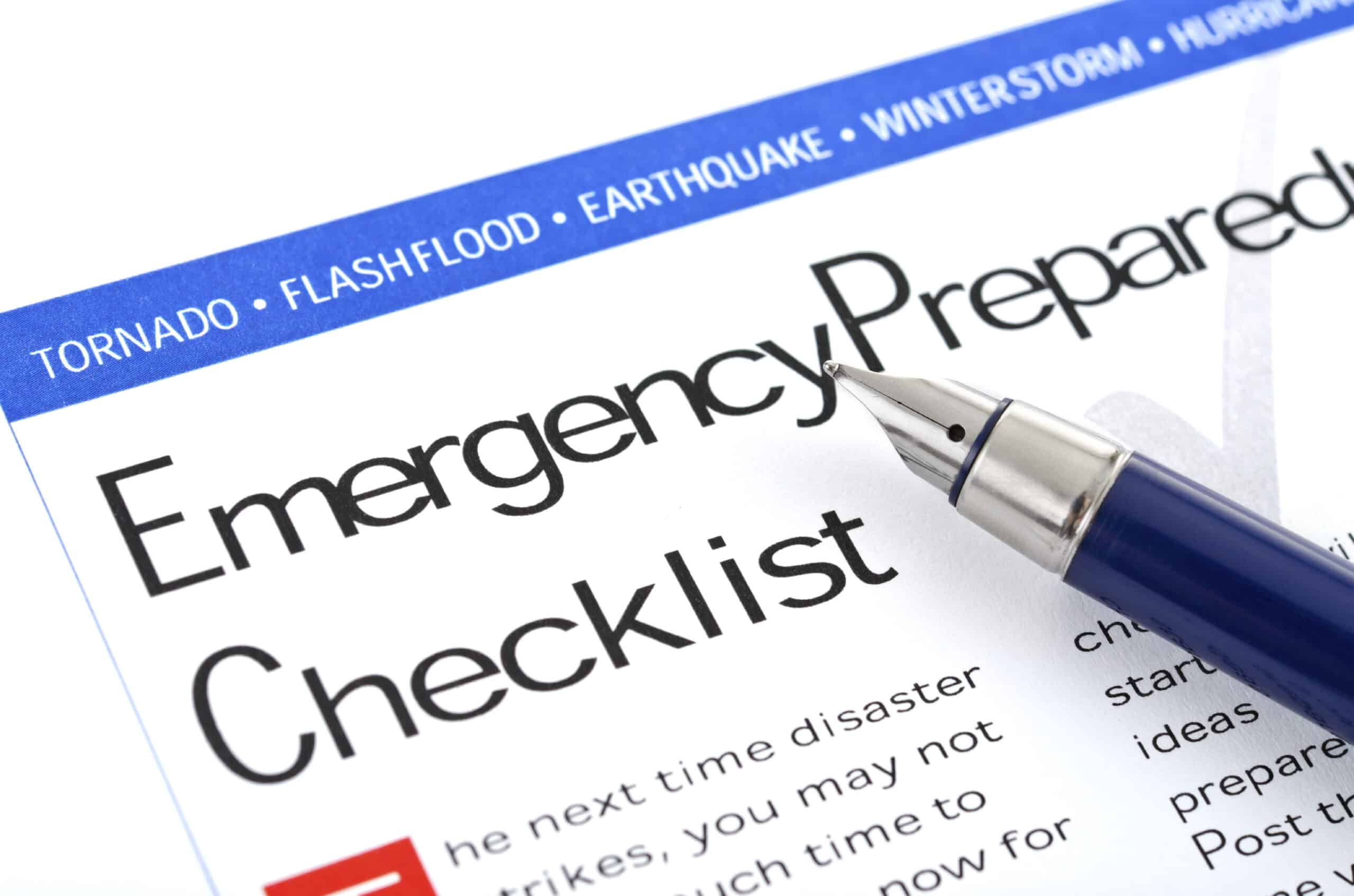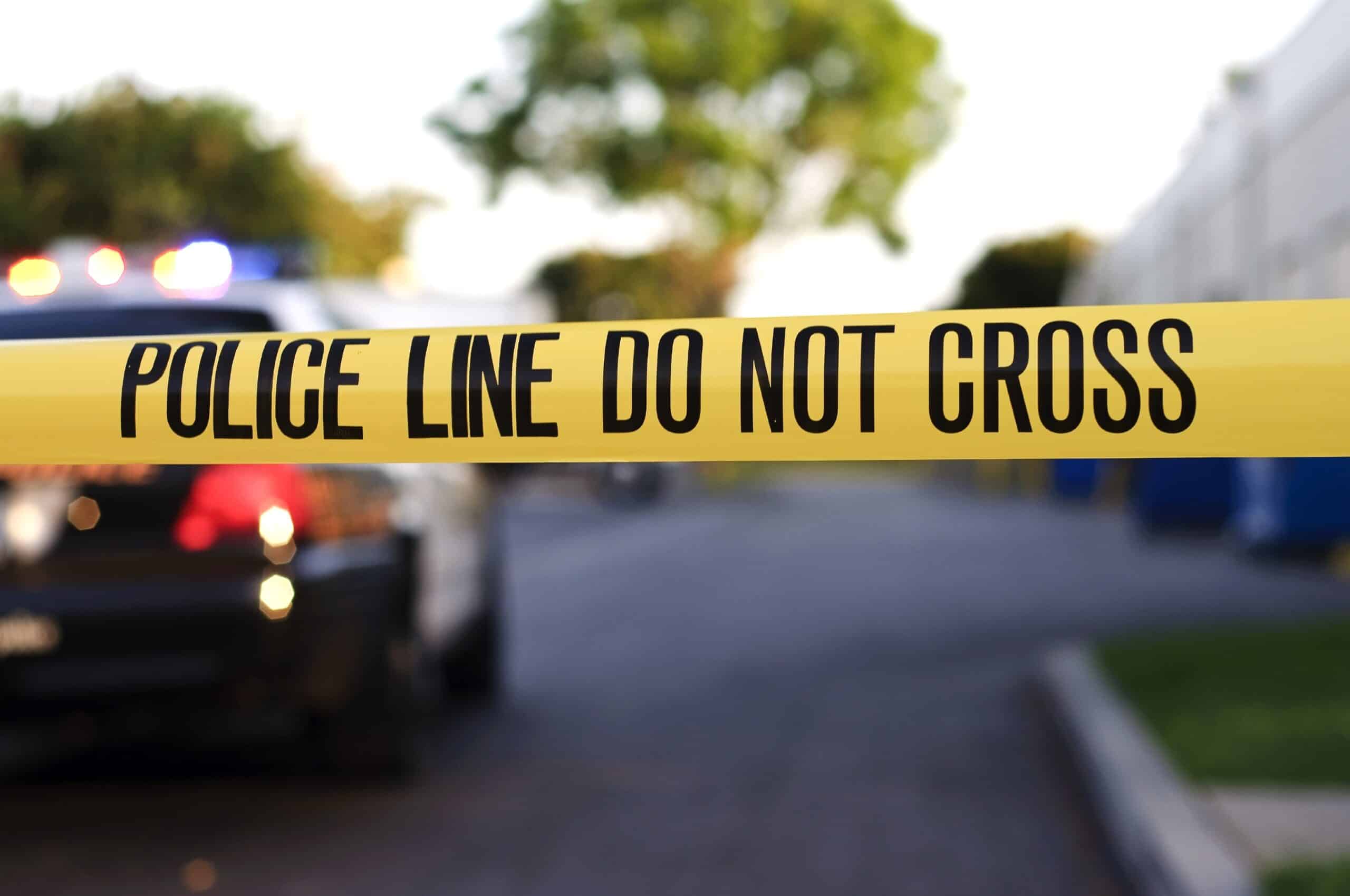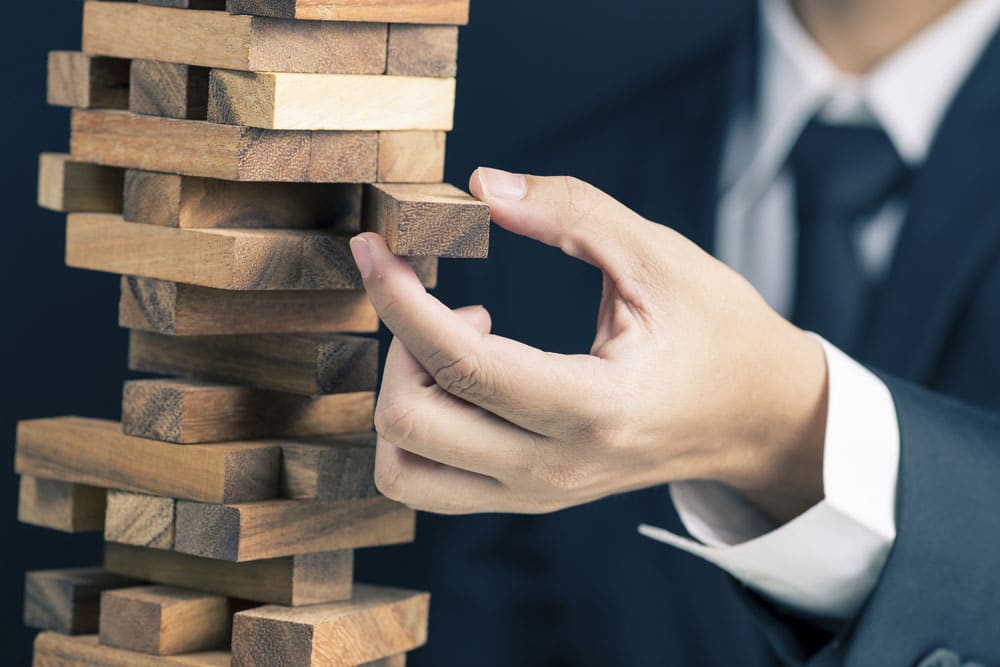If disaster were to strike right now, would your family be prepared?
Disaster can happen at any time and at any place. Flooding is the most common natural disaster in the United States, and floods claim more lives in the U.S. than tornados, hurricanes or lightening. Flash floods are the most dangerous type of floods, in that they are incredibly fast, powerful, and unpredictable. Earthquakes, hurricanes, tornados, wildfires, and winter storms can also turn your family’s world upside down in a heartbeat, especially if you have not prepared for catastrophe.
If you have not prepared, you are not alone. Sixty percent of people in the United States have not practiced what to do in a disaster, according to a recent the Federal Emergency Management Agency (FEMA) survey, and only 39 percent have developed an emergency plan. This is particularly unsettling as, since 2007, 80 percent of Americans live in counties hit by weather events.
Fortunately, you can take several steps today to improve the safety of your family if disaster strikes tomorrow.
Steps You Can Take Today to Improve the Safety of Your Family During a Disaster Tomorrow
Stay aware of weather alerts and other potential for disaster. Sign up to get text alerts from AccuWeather.com, the American Red Cross, or Weather-Ready Nation from the National Oceanic and Atmospheric Association (NOAA), for example. These handy alerts and apps warn you of impending danger so that you can put your emergency plan into action.
Hold family drills to practice emergency responses for various disasters, such as fires, earthquakes and tornados. Your ability to get out of your home safely depends on advanced warning and planning. Call a household meeting where everyone walks through the home to identify and inspect all possible exits and escape routes. There should be at least two ways to get out of every room, according to the National Fire Protection Association (NFPA), and every home escape plan needs an outside meeting place located at a safe distance from the home.
Participate in a class, discussion or training. Volunteers make up more than 90 percent of the workforce during a disaster, according to the American Red Cross, and these volunteers respond to nearly 70,000 disasters annually. The American Red Cross provides free online and in-person training for all volunteers. Disaster training provides information about disaster assessment and operations, food safety, distribution of bulk resources, defensive driving, setting up a shelter, psychological first aid and more.
Develop a family communication plan that helps you keep in touch if disaster strikes while you are in different locations. Test and practice your communication plan frequently, as telephone numbers, schedules, and relationships can change from year to year.
Keep all your important documents in one safe place. Storing your documents in a single location helps you evacuate quickly and helps you get back on track once the danger has passed.
Assemble some necessary supplies, such as water bottles, packaged and ready-to-eat foods. Put these emergency supplies into a “go bag” to keep near the main door or emergency exit. You may need to assemble several “go bags” if you have an especially large family. Choose your supplies carefully, as the items in your bag must sustain you and your family in a location without water or power, possibly for several days.
Keep a credit card or debit card and a small amount of cash into each person’s “go bag.” Toss a fully charged, cheap cell phone loaded with minutes into your bag, just in case your expensive smart phone becomes lost or runs out of battery.
Be sure to pack emergency supplies for pets too, including food, water, and any paperwork to prove ownership in case you are separated from your four-legged friend.
Make sure escape routes are clear of clutter and easily accessible. If you must have security bars on your windows, be sure the bars have an emergency release device. Everyone in the house should practice releasing the bars and climbing up to the window.
If there are young children, older adults or people with mobility limitations in your home, assign someone to sit with or assist them during a calamity. Name a backup person too, just in case the designee is not at home when catastrophe strikes.
Install smoke alarms in every sleeping room, outside each sleeping area, and on each level of your home. Use an interconnected smoke alarm system, in which all alarms will sound when one goes off.
Practice your disaster plan at least twice each year. Make the drill as realistic as possible.
Have your children practice their emergency escape several times during the day. Let your children know that, once they have mastered their escape in the light, you will hold a nighttime drill. The objective is to practice, not to frighten, so always warn your children about the drill before they go to bed.
Teach everyone in your house to close doors on their way out, as this can slow the spread of fire.
Tell guests and visitors to your home about your disaster plans. Make sure overnight guests know where to find the emergency exits. When visiting another person’s home, ask about the plan in case of a catastrophic event. Look for at least two ways to escape from your temporary bedroom and memorize at least one path to the outdoors.
Prepare to Deal with Disaster Once You are Outside Your Home
Look at your house number – is it clearly visible from the road? If not, paint the number on your curb or install larger numbers to help emergency responders find your house.
Have everyone memorize the phone number of the local fire department. This allows every member of the family to call for help from a neighbor’s house or with a cell phone.
Talk with your veterinarian or local kennel about housing your pets during a disaster. While separation from the family cat or dog during an emergency may be stressful, your pet will be safer in a familiar kennel under the care of professionals than braving the elements with your family. Reserve a spot for your pet before catastrophe strikes, as space fills up quickly during a disaster.
Create a team of neighbors helping neighbors. Almost half of Americans expect to rely on a neighbor in the event of a disaster. Establish a disaster plan for the neighborhood, where families check up on one another, pool resources, and work as a group to ensure the safety of individuals.
A fire, tornado, earthquake or chemical spill can be scary but, with some preparation and practice, your family can survive. Take steps today to improve the safety of your family if disaster strikes tomorrow.
Where to go for help
FEMA’s Ready Campaign is your one-stop shop for personal and family preparedness information, including checklists and guides that you can use.
Many companies have also invested in training and awareness programs for the personal preparedness of their employees and families. Bryghtpath LLC can help you design, implement, and manage a custom program for your company.
Contact us today for a free thirty-minute consultation – we’d be happy to help you!


 Protect Your Employees and Your Business with an Active Shooter Plan
Protect Your Employees and Your Business with an Active Shooter Plan